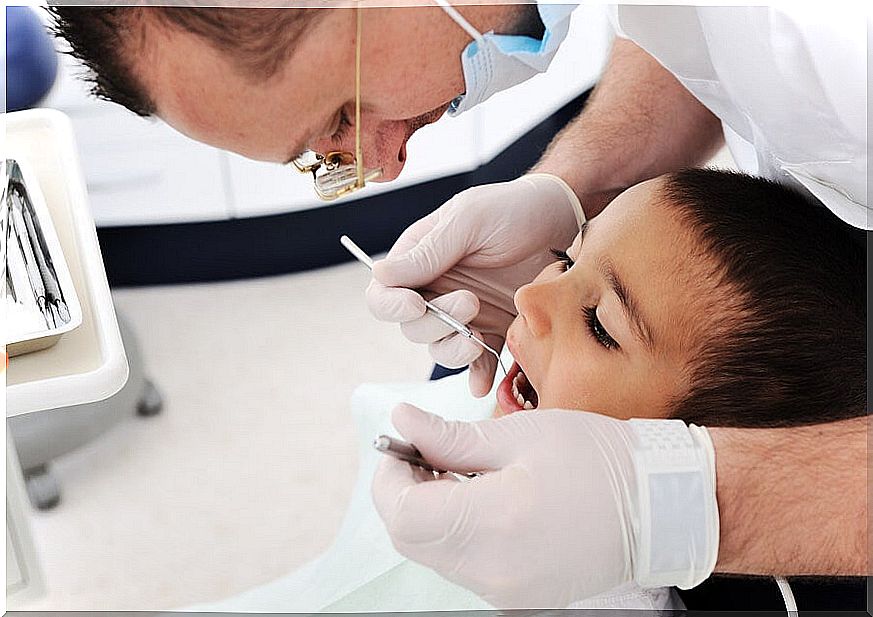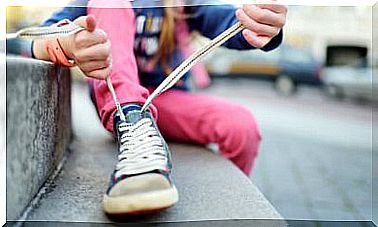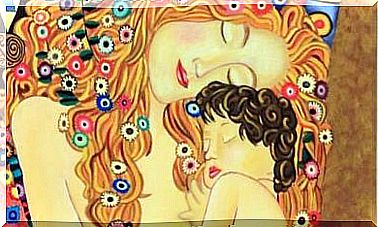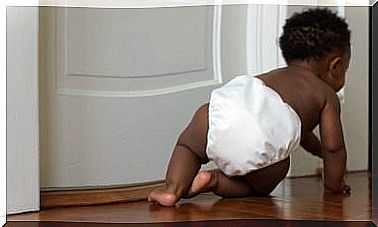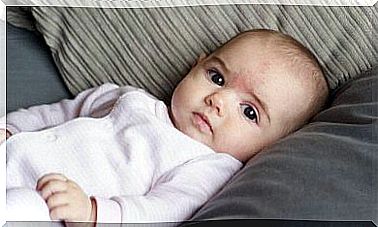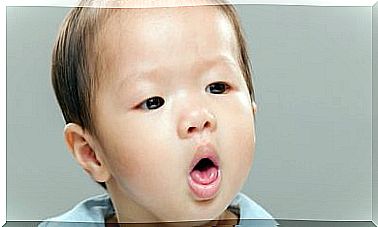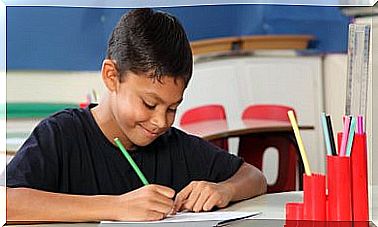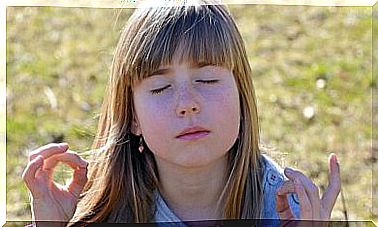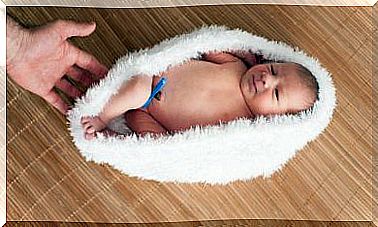The Importance Of Having Your Own Personal Hygiene Supplies
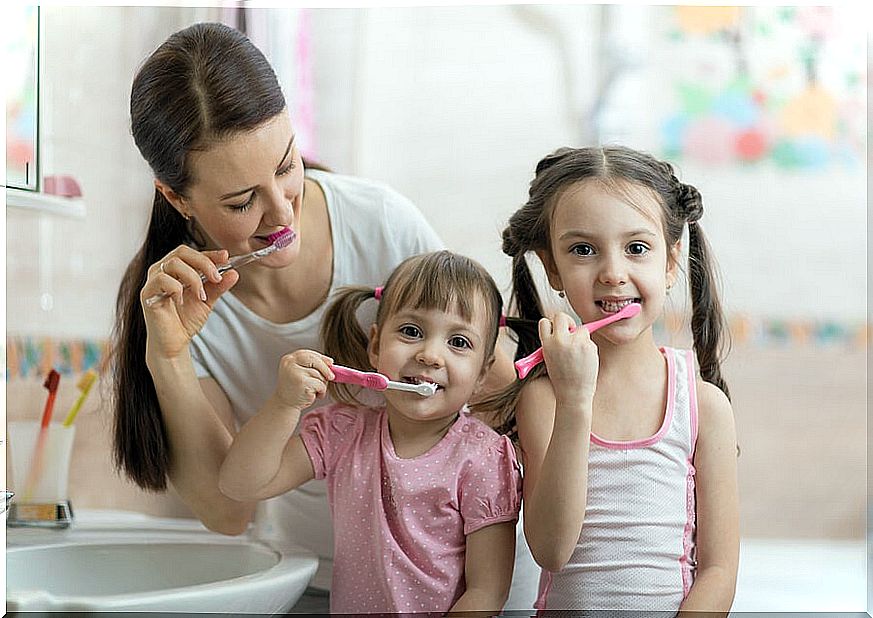
Since man stopped being nomadic and began to link longevity with health and hygiene, the importance of having his own personal hygiene supplies made a big difference. We will tell you the relevance of this point in the following article.
Individual objects for grooming have always been allies for grooming. This fact, of course, is notorious thanks to the multiple archaeological studies in which various personal hygiene instruments used by civilizations as ancient as the Egyptian, Greek, Roman or Mesoamerican have been found.
For us, who live in a society characterized by sanitation, it may seem like an obvious task that our home is clean and that we ourselves always maintain a good appearance. However, what we take for granted for young children may not be.
For this reason, it is essential that we teach them about bacteria, cleaning, self-care and what are the hygiene tools and their handling. To know about this and much more, do not miss the information that we present below.
Personal hygiene supplies
Personal hygiene utensils are a set of tools designed by man to facilitate the hygiene of the whole body. They target areas as diverse as the mouth, nails, ears, hair, and generally all of the skin.
The design of these utensils arose from the obvious impossibility for man to be able to reach areas of the body such as the ears and the space between the teeth or to trim fingernails and toenails precisely without tearing them. They also allow you to clean grease and dirt residues from the skin.
Since no less than 3000 years before Christ, according to archaeological excavations, tools for cleaning have been found that reveal even the immanent need of man to clean himself.
Hence, bird feathers or porcupine spines have been found as a toothbrush; sponges tied to a log to clean the skin; leaves and corn cob as toilet paper. For hair, combs made of wood or animal bones were used.
Fortunately, in the late nineteenth and early twentieth centuries, most of the personal hygiene products that we know began to be marketed as plastic toothbrushes in 1930, toilet paper in 1880 by the Scott brothers or the mass sale of cotton and terry fabrics for the general public.
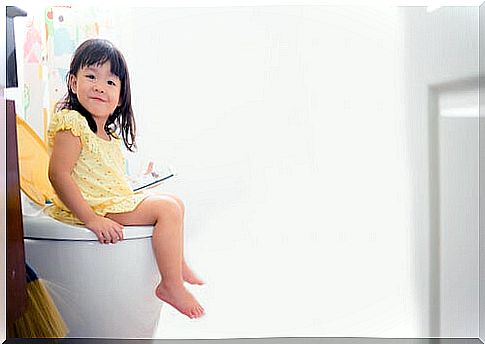
Types of body hygiene instruments
There are different types of personal hygiene supplies. Some can be shared with other members of the family, since their characteristics allow them to be washed or sterilized before use, such as nail clippers.
Others, on the other hand, when being in contact with secretions such as saliva in the case of a toothbrush, must be strictly personal. Some of them are:
- Toothbrushes.
- Comb or hair brush.
- Nail clipper.
- Brushes to clean the feet.
- Sponge or shower brush.
Within this line are also toiletries that wear out quickly or that their use implies that they are immediately discarded once used.
- Swabs
- Napkins.
- Toilet paper.
- Razor blades.
- Feminine sanitary napkins.
- Soap.
- Shampoo.
- Toothpaste.
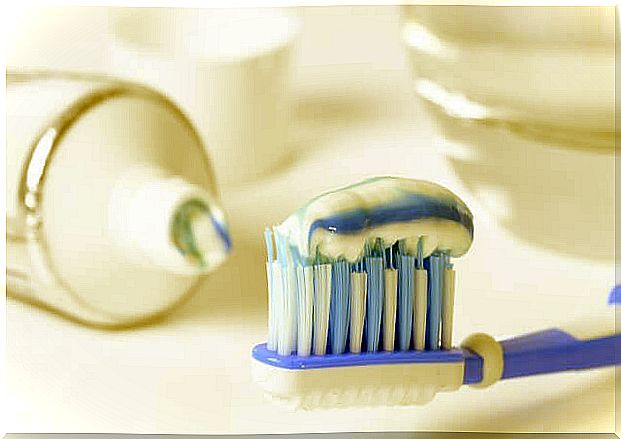
The importance of having your own personal hygiene supplies
Although some of the beauty items can be shared with family members by doing a previous cleaning, as in the case of the nail clippers or hairbrushes, the ideal is that we can provide the little ones in the house with their own utensils and let us teach them the importance of keeping them in good condition and using them correctly.
Parents should also pay special attention to cleaning products, such as soap. The delicate skin of babies and young children should not be exposed to third-party bacteria or products that are too abrasive.
Finally, it is worth noting that, when the child has their own cleaning instruments, such as the comb or the shower sponge, they also begin to appreciate their cleanliness more and do it independently, without the need for their parents to have it to remember.
